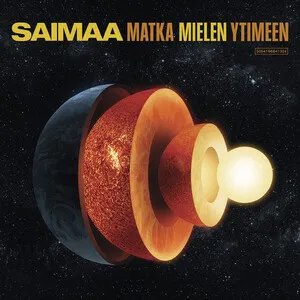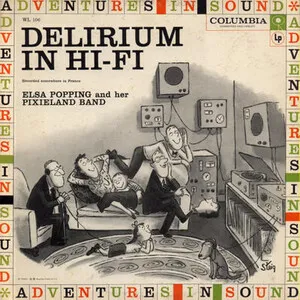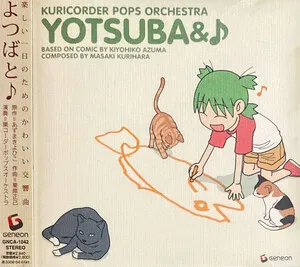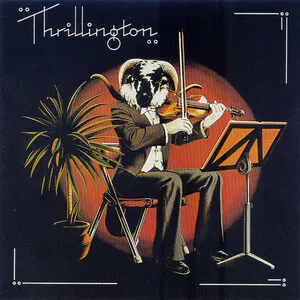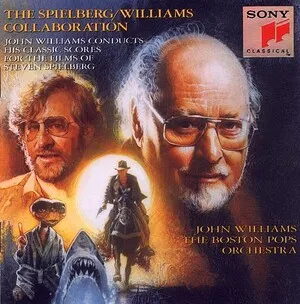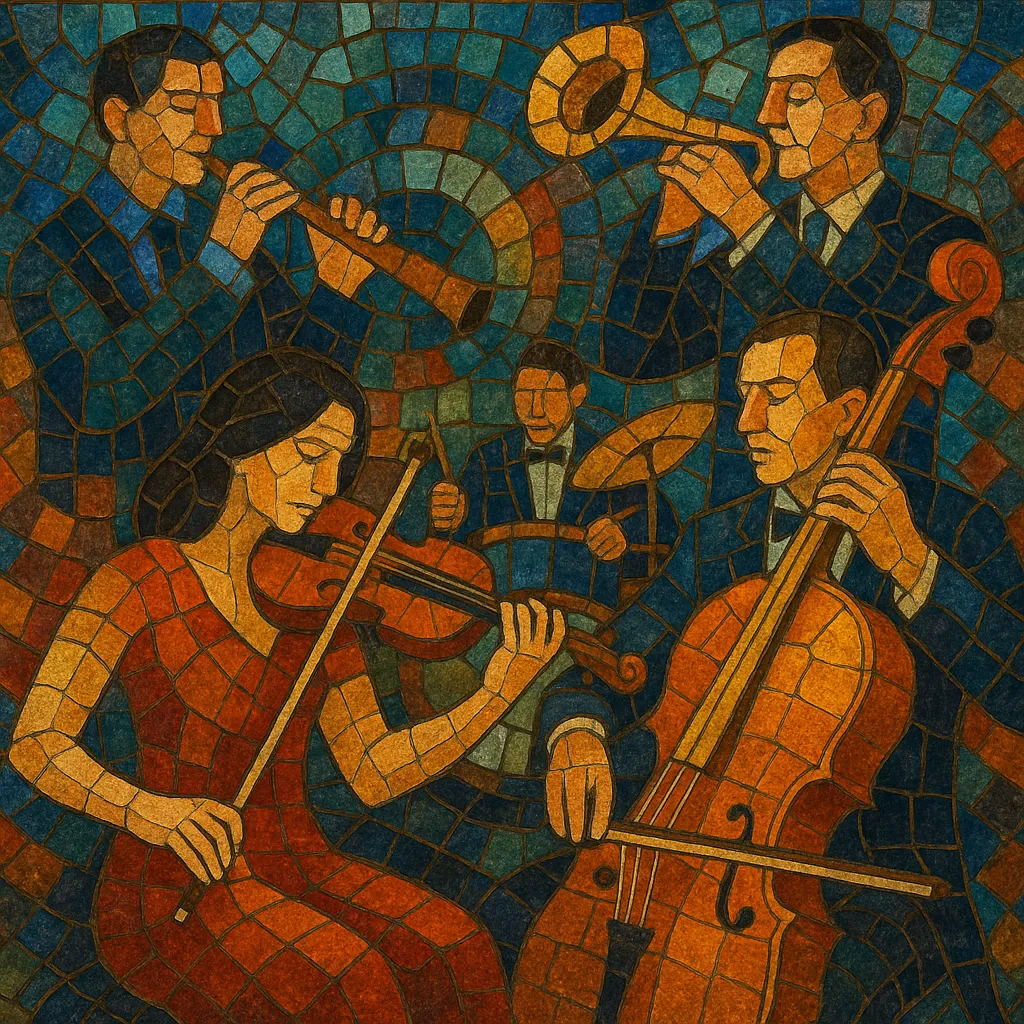
Pops orchestra refers to symphonic ensembles and programs that present popular repertoire with orchestral forces. Typical programs combine light classics, Broadway and film music, jazz and swing medleys, holiday standards, and orchestral arrangements of contemporary pop and rock songs.
The style emphasizes lush string writing, tuneful melodies, prominent counter‑melodies in woodwinds and brass, dramatic swells, and clear, audience‑friendly rhythms. While the instrumentation is that of a symphony orchestra, pops concerts often add a rhythm section (drum kit, bass, guitar, keyboard) and feature guest vocalists or crossover soloists.
Pops orchestras emerged in the United States in the late 1800s as symphonic groups began offering lighter “promenade” or “popular” programs alongside serious classical concerts. The founding of the Boston Pops in 1885 formalized the concept: the same players as the symphony, but a repertoire centered on waltzes, marches, light classics, and familiar songs.
The style flourished with radio and early recording. Conductors such as Arthur Fiedler popularized sparkling, compact orchestrations of hits, operetta excerpts, and novelty pieces, helping establish the pops sound—tuneful, rhythmically buoyant, and tightly arranged. Parallel developments in light music, Broadway, and film scoring fed the repertoire.
Large U.S. orchestras launched dedicated pops brands (e.g., Cincinnati Pops), and the book expanded to include film themes, television music, and orchestral settings of rock and soul. Advances in amplification and stagecraft made outdoor summer pops concerts and holiday programs major cultural events. The idiom overlapped with classical crossover as guest stars and amplified rhythm sections became common.
Modern pops orchestras embrace multi‑genre programming: blockbuster film scores in concert, video‑game music, tribute shows to iconic bands, and new arrangements of current pop. While remaining rooted in light symphonic craft, the field actively collaborates with arrangers, producers, and media franchises to reach broad audiences.
Use a full symphony orchestra (strings, woodwinds, brass, percussion, harp) and add a rhythm section when appropriate (drum kit with brushes/sticks, bass—upright or electric, guitar, piano/keyboard). Ensure amplification and click tracks are available for film/medley timing.
Write singable melodies in strings or woodwinds, supported by warm string pads and clear inner voices. Employ brass for fanfares, punchy riffs, and climaxes. Balance color with clarity: woodwind countermelodies, glockenspiel/harp sparkle, and tasteful percussion (suspended cymbal swells, tambourine, snare for marches). Keep voicings close and consonant in lyrical numbers; open triads and added‑sixth/maj9 colors suit romantic cues.
Favor tonal harmony with occasional secondary dominants, borrowed chords, and modulations (often a late “truck driver” key change). Popular forms—AABA, verse‑chorus, or overture‑style medleys—work well. For suites/medleys, transition using shared pivot chords, V/V cadences, or rhythmic links.
Maintain accessible, dance‑adjacent grooves: swung 4/4 for jazz standards, straight 8ths for pop/film cues, and light Latin or waltz feels as needed. Drum kit should support—not dominate—ensemble balance. Use rhythmic hits and crescendos to frame hooks and tempo lifts.
When arranging pop/film themes, keep the melody prominent and orchestrate textures to spotlight hooks. Employ call‑and‑response between sections, dynamic swells to shape phrases, and brief solos (clarinet/sax, trumpet/flugelhorn, violin) for color. Write singable vocal charts when featuring guest singers, with supportive, not over‑dense, orchestral pads.
Provide clean parts with clear road‑maps for medleys and click/cue markings if synced to visuals. Program variety—overture, feature number, ballad, uptempo closer—to sustain audience engagement.

